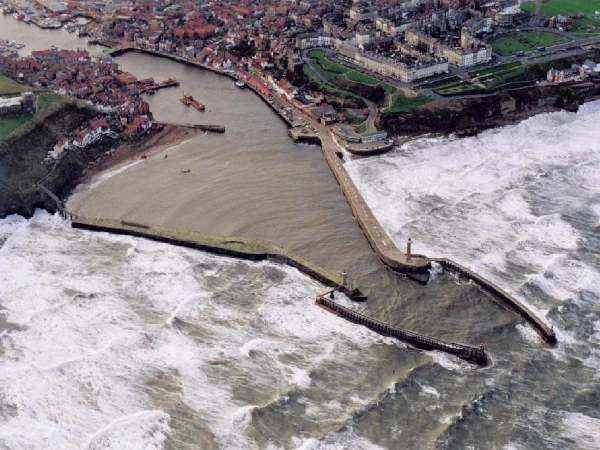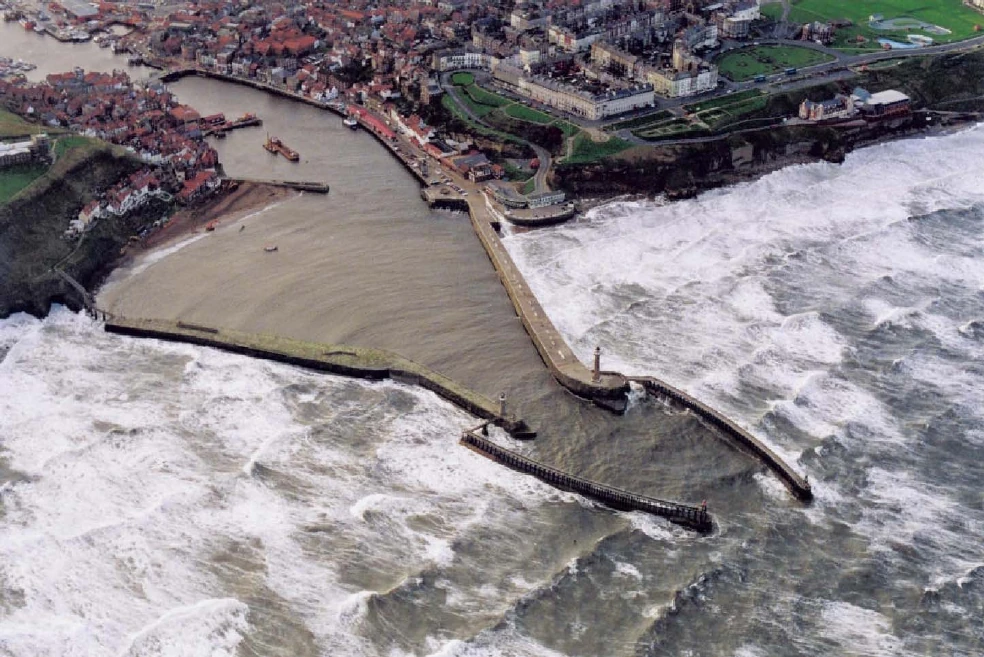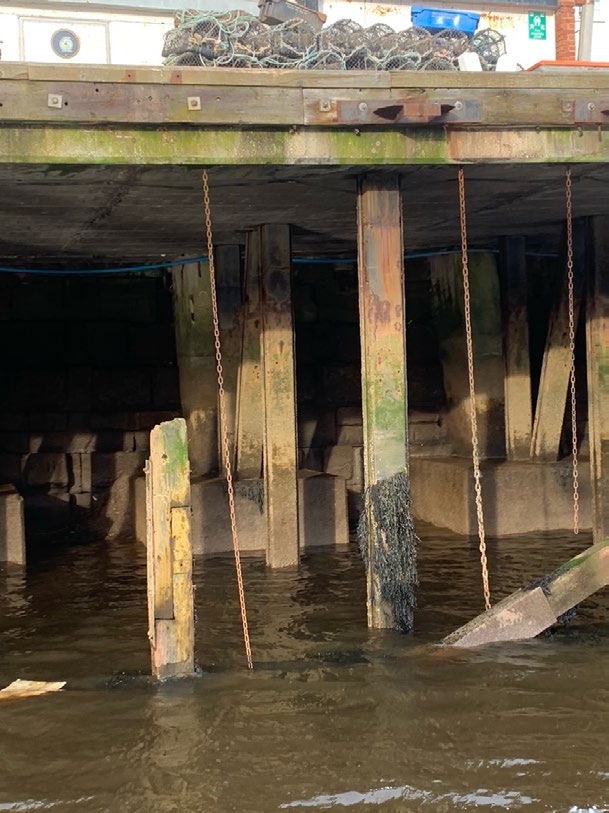The Whitby Urban District Council Act of 1905 states that all proceeds taking place on harbour land should be ring-fenced and used for the maintenance of the harbour. It seemed that this had not been upheld since around 2004-5. Scarborough Borough Council (SBC) (now North Yorkshire Council (NYC)) questioned the extent of “harbour land”, claiming that it did not include the extensive car parks now located on reclaimed land, also that the car parks existed under the auspices of the Road Traffic Regulation Act which should take precedence over the 1905 Act (and hence not ring-fenced).
The Fight4Whitby was set up, objecting to the SBC accounts, which were not signed off since 2015 as a consequence. This eventually ended up in the High Court in London in March 2024. The court needed to determine
- How should the 1905 Act be properly applied in these circumstances?
- What is the extent of the harbour land? hence defining what revenue has been obtained on harbour land.
- Does the 1905 Act require a segregation of harbour capital assets and liabilities (i.e ring fencing)?
In the deliberations the disputed plots are labelled Plot 30 (Endeavour Wharf, purchased in 1928, 1937, 1938 and 1969), Plot 32 (land reclaimed from the river / Bell Shoals – registered in 1906 and reclaimed later), Plot 34 (land purchased from the British Railway Board (BRB) in 1975), Plot 33 (narrow strip of land purchased from BRB in 1981) and Plot 31 (former railway goods yard and siding purchased in 1990).
The judgment from this case was finally published in March 2025. You can read it in full HERE (also available in National Archives), and court documents are HERE.
The Judgment
Justice Sweeting’s judgment includes the following
- Whether the 1905 Act mandates a complete separation of the Harbour’s assets and liabilities, or simply requires separate accounting of income and expenditure. Section 62 of the 1905 Act refers expressly to “the harbour account” and not simply a practice of separate accounting. That must, I conclude, relate to capital receipts shown in an account which reflects the harbour undertaking’s capital position and includes the value of harbour land, property, and fixed assets as well accumulated reserves allocated for the repair, replacement, or improvement of these assets. See point 127 in the judgment.
- Whether car parking can be considered not of the Harbour. I conclude that the provision of car parking on harbour land is fairly incidental to the main purposes of the Harbour and that the First Defendant is correct in submitting that all income from car parking facilities on harbour land should be credited to the separate revenue account. I therefore reject the Council’s argument that car parking revenue can be split into categories, with some considered to be received for “harbour purposes” and other revenue not. See point 119 in the judgment.
- Whether Plots 30 (Endeavour Wharf) and 31 to 34 (reclaimed / purchased land alongside the rail line) are to be considered part of harbour land. I conclude that the disputed plots are all connected to the harbour development scheme, which aimed to expand and modernise the harbour facilities. They were integral to the expansion and development of the Harbour, particularly the Upper Harbour area, with their acquisition and reclamation occurring over decades. They were acquired to facilitate various aspects of the Harbour’s operations including public access. See point 174 in the judgment.
Or to answer the posed questions that the court had to determine, the judge ruled as follows
- Yes, it is to be so treated. Further the provision of car parking on harbour land is fairly incidental to the main purposes of the Harbour and the First Defendant is correct in submitting that all income from car parking facilities on harbour land should be credited to the separate harbour revenue account. Revenue from lawfully exploiting a harbour asset (such as leasing land or granting a licence) is inherently harbour revenue and should be credited to the separate harbour revenue account.
- All five of the disputed plots are held for harbour purposes; that is they are part of the harbour undertaking.
- Yes, it does.
Harbour Boundary
So where is the harbour boundary following this judgment?
The map below attempts to clarify this, though may have some minor detail changes in the coming days/weeks over precise boundaries.
The Future
Justice Sweeting denied NYC the right to appeal his judgment direct. The only option they now have available to challenge is to register a case with the Court of Appeal by April 8th.
Should NYC not appeal, or appeal and lose, then they will have to allocate funds from previous years starting in 2015 (when the objection was registered) into the separate Whitby Harbour account. It is understood that this will have to include monies obtained from the sale, several years ago, of the former Khyber Pass toilets (purchased and left derelict).




